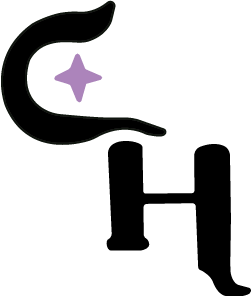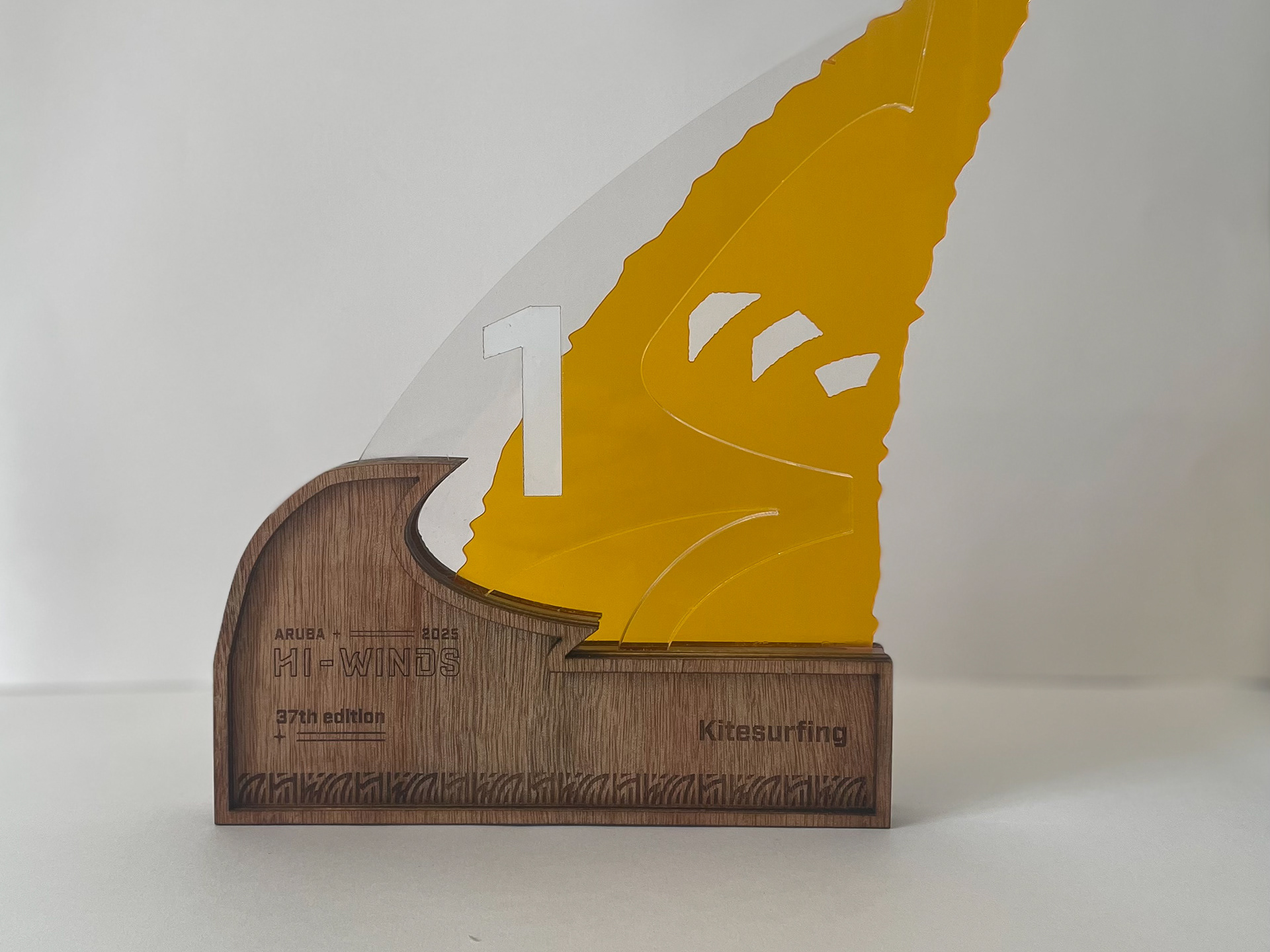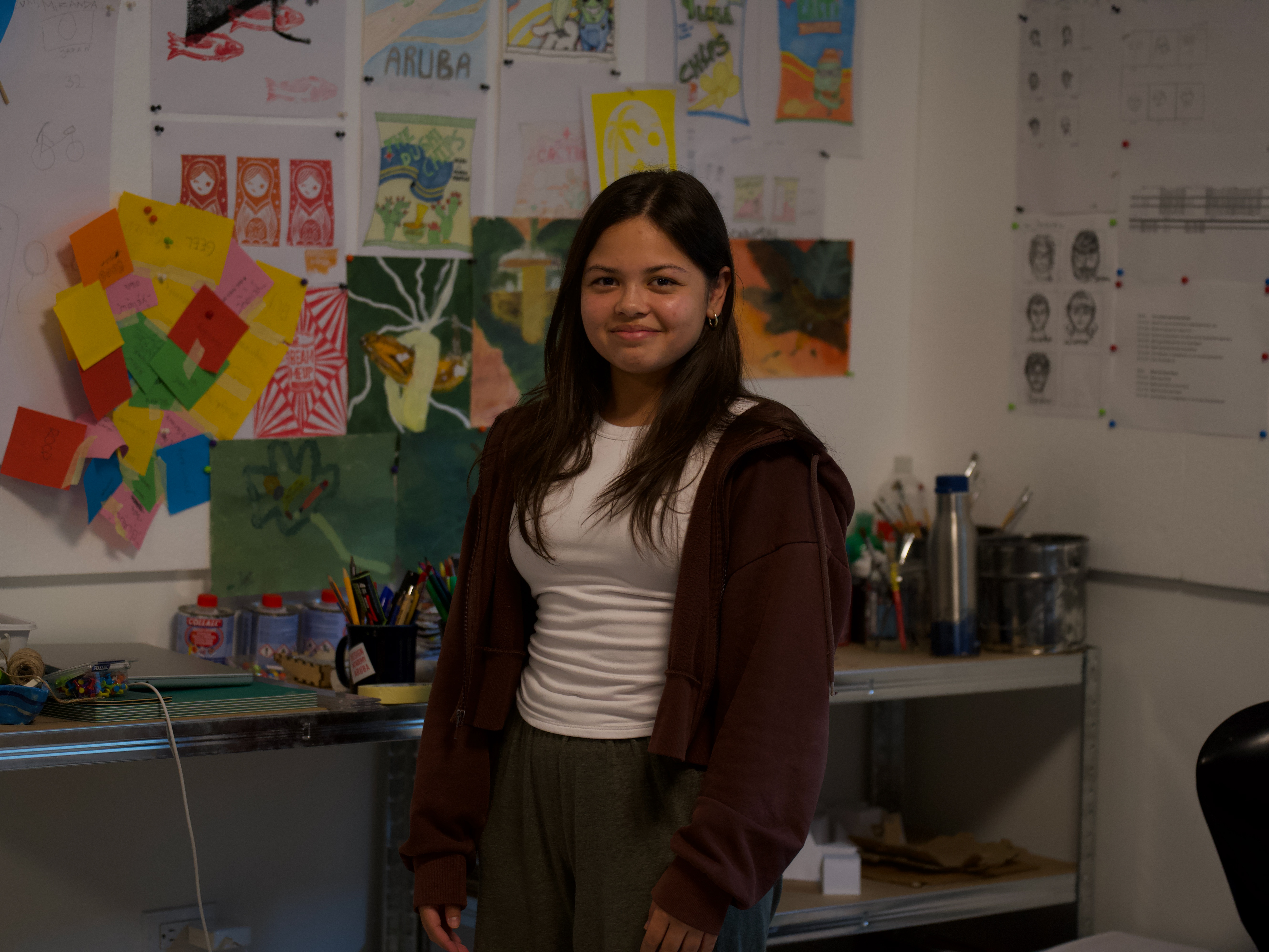








Book making process
STEP 1: Making the design on Adobe Illustrator
I first started off with looking for inspiration for the design. I decided to go for a classic fantasy book style for this project. When this was settled I went onto Adobe Illustrator and also did some sketches by hand to sketch for the layout of the design.
After I was satisfied with a design I started to make the cover design on illustrator. At first I had a dark purple design as you can see on the pictures above, but I realized I had no physical material that has this color so I changes the colors of the design and ended up with the light green cover design.
This process was one of the most fun parts of making the book. I didn't have much problems with this part. Only next time I would like to use more techniques from illustrator.
STEP 2: Cutting, folding and punching holes in paper
What items needed:
- Stanley knife
- Cutting mat
- Pencil
- 18 white paper, 15 lime paper en 12 black paper
- Pin
- Small piece of cardboard
Process:
To start of I began with the white paper and started cutting them to the correct measurement that is needed to make the book on the cutting mat with my stanley knife. The measurement that was needed to make the pages of the book was 28cm by 20 cm. At the beginning this was a bit difficult for me because I kept going sideways with the stanley knife and the cut didn't came out good, or the measurement would be slightly off when I finish cutting. Therefore I took some time to practice cutting with leftover paper and started to get the hang of it. I then went on to the the same with the other types of paper.
When all the paper was cut to the right measurement I then went on to the next step which was de folding of the paper. For this part I needed to fold the papers precisely with no paper that sticks out from the fold. This was fairly simple to do, there wasn't anything that I had a problem with. Only one some papers there were a slight bit that sticks out but not much. After I folded all of them I organise them making small bundles of the book. The white paper had 6 bundles with 3 pages inside, the black paper had 6 parts with two pages in them and the lime paper had 3 bundles with 5 pages inside.
Now that I had this done I went on to start with making holes in the middle of the papers. This was needed because I would later need the holes to sow in for the spine of the book. For this I open the folded bundles that I organised and placed the cardboard underneath the the middle of the page horizontally for each type of paper. The measurements I need for the holes were: 2,5 cm , 4,5 cm , 8 cm, 11 cm , 15,5 cm , 17,5 cm. This process went pretty well, only on some of the bundles I placed some holed on the wrong measurement and had to redo them.
STEP 3: Book binding
What items needed:
- Sowing needle
- Scissors
- Thread
- Folded and organised bundles of white, black and lime paper with holes by measurement
Process:
Now onto the sowing part of the book. For this I started with sowing the pattern for the first bundle of the book and to connect the pages together I went in the sow of the bundle and connected this in the first hole of the next bundle . After that I kept stacking more bundles and slowly started to build the book. This part was the most difficult for me because I had some issues with this.
First I did the order of the sowing incorrectly, but this didn't have much issues when I put the book together. Another part is how many times the thread got caught in knots where I would have needed cut and tie another long piece of thread to keep going. And this is also where I saw that some parts of the papers where I places the holes had the wrong measurement, so I had to poke some new holes whilst doing the sowing. Nevertheless even with all these issues I managed to finish the sowing on time.
STEP 4: Glue sections together
What items needed:
- Glue
- Scissor
- Two small pieces of paper (In my case I used three because I did the sowing the wrong way)
- Sowed bundle of all types of paper
Process:
To start off I began with cutting three pieces of the paper I will be using to glue the spine of the book. When this is done I insert the pieces in the three sowed parts of the book and apply glue on top on the entire spine of the book to make it sturdy.
STEP 5: Making of the book case
What items needed:
- Fabric material
- Scissors
- Glue
- Cardboard
- Pen
- Ruler
- Protractor
Process:
I first started off by cutting the fabric I had by the measurements 42cm by 35cm. When this was done I went on with the cutting of the cardboard. For this I needed three pieces: Two with the measurements of 20,5 cm by 14,5 cm and one with 20,5 cm with the thickness lengt of the book bundle, in my case this was 2cm.
After this I started with the sketching of where I am going to cut the fabric to fit the book case. In order for fabric to wrap nicely around the cardboard it needed to have a distance of 2,5 cm away from the cardboard. Before I started cutting the fabric to the shape I sketched a line near the corners of the cardboard and created a triangular shape (as you can see from the pictures above). This helps me cut out the fabric in a way that makes sure that it folds precisely on the corners.
When this was done I began glueing the fabric on the cardboard and had my blank book case ready. This part went smoothly although it did take me some time to get the perfect alignement before I glued the cardboard on the fabric. There was also the fact that my fabric was pretty light therefore when I finished glueing you could see some glue stains on the front. But this was no problem at the end because the design covered that all up.
STEP 6: Stick design on cover and insert sections
What items needed:
- Blank book case
- Press machine
- Printer that inverts the image to stick on the fabric
Process:
After this I went on the next step which was the adding of the design to the book case. The first thing I did was send my file in order for the printer to print out my inverted image of my design. After this started setting one side of my book case on the press machine to test how the image will show up on the book case. And when the results were good I got ready to print on the side that will. be seen as the finished product. The print machine was easier to use than I thought. I had no issues, only when peeling the plastic off I had to be a bit careful because it's hot.
STEP 7: Finishing touches
What items needed:
- Book case with design
- Sowed and glued book bundle
- Two pieces of sturdy but light paper
Process:
Now the assembly of everything. I first started off with cutting the two pieces of paper by the measurements of 28 cm by 20 cm. This will be glued together on the inside of the case and on the first page connected to it on both the front and back side of the case. And now the book is complete and ready.
This whole process of making the book was fun, frustrating at times and educational. I definitely learned a lot and thought that this was a good learning experience for experimenting with technique, composition and color for the design but also for the need to work accurately and neatly.



